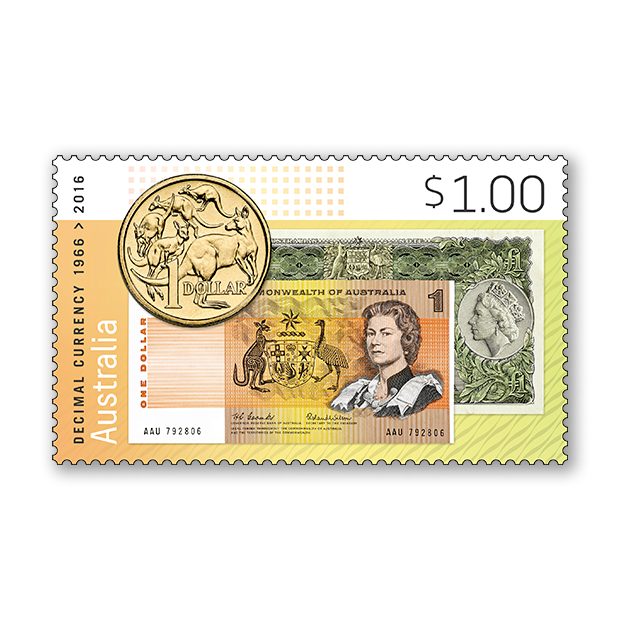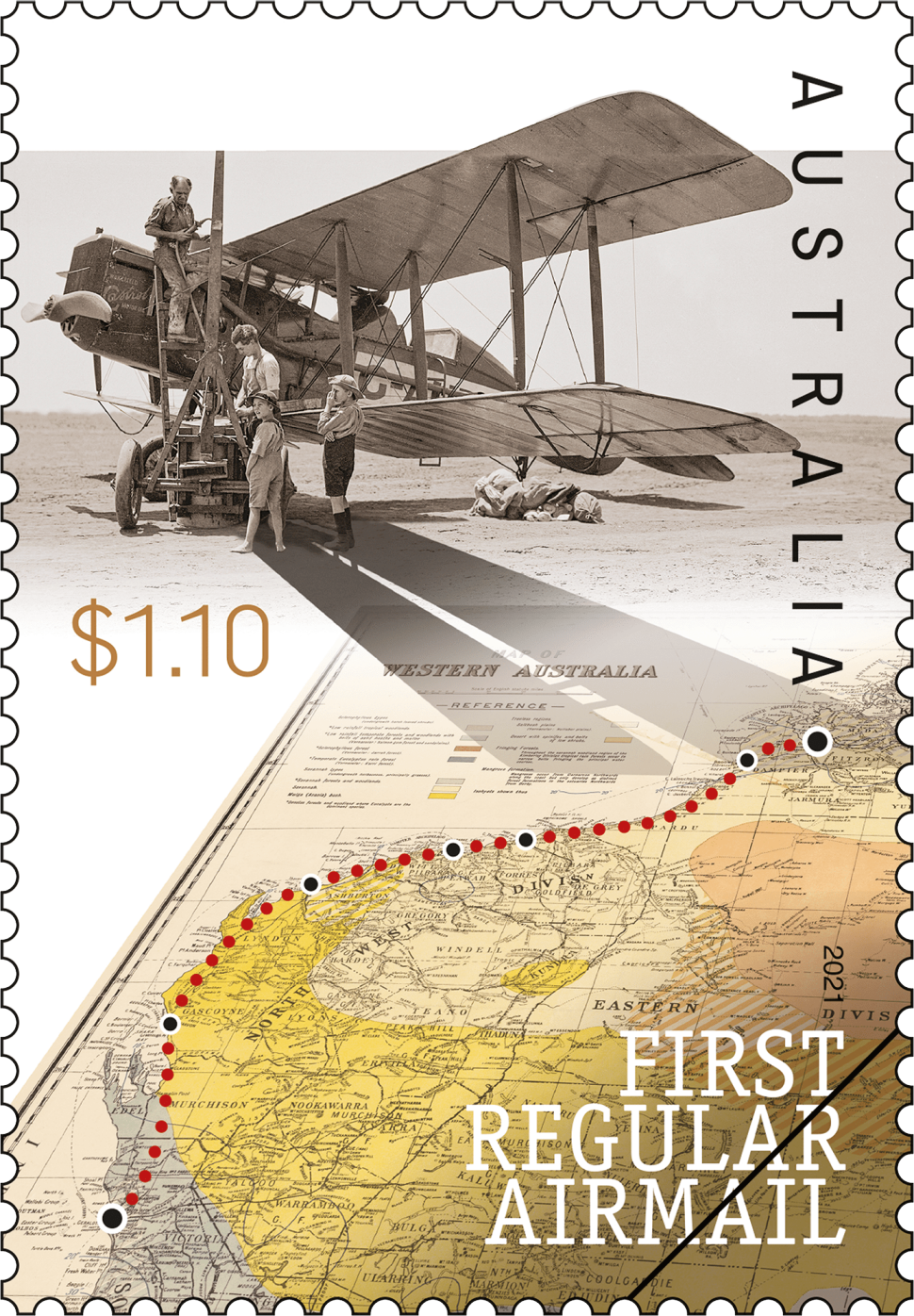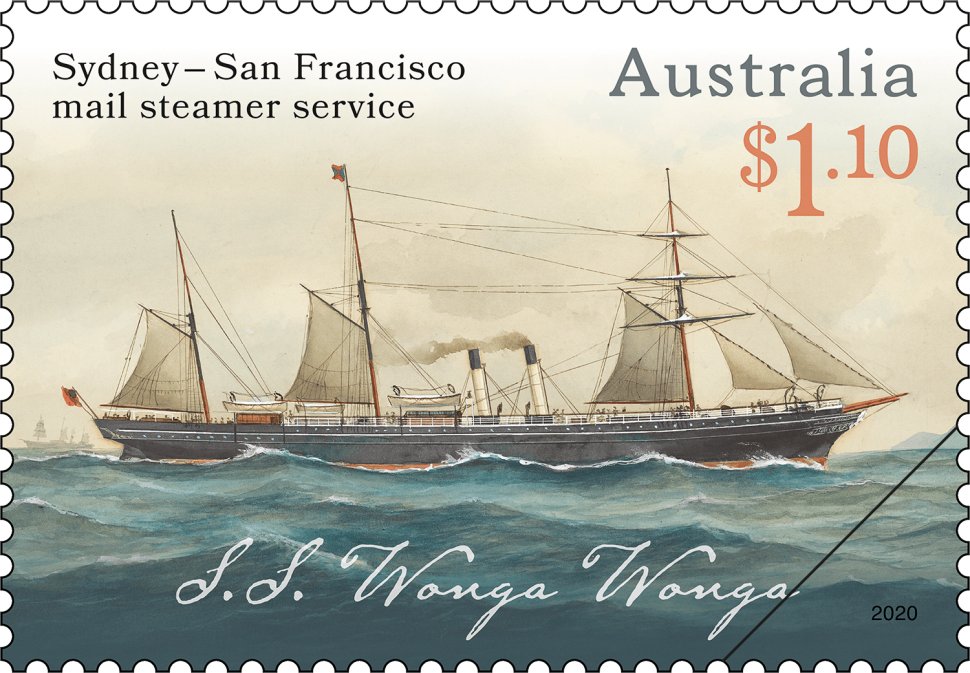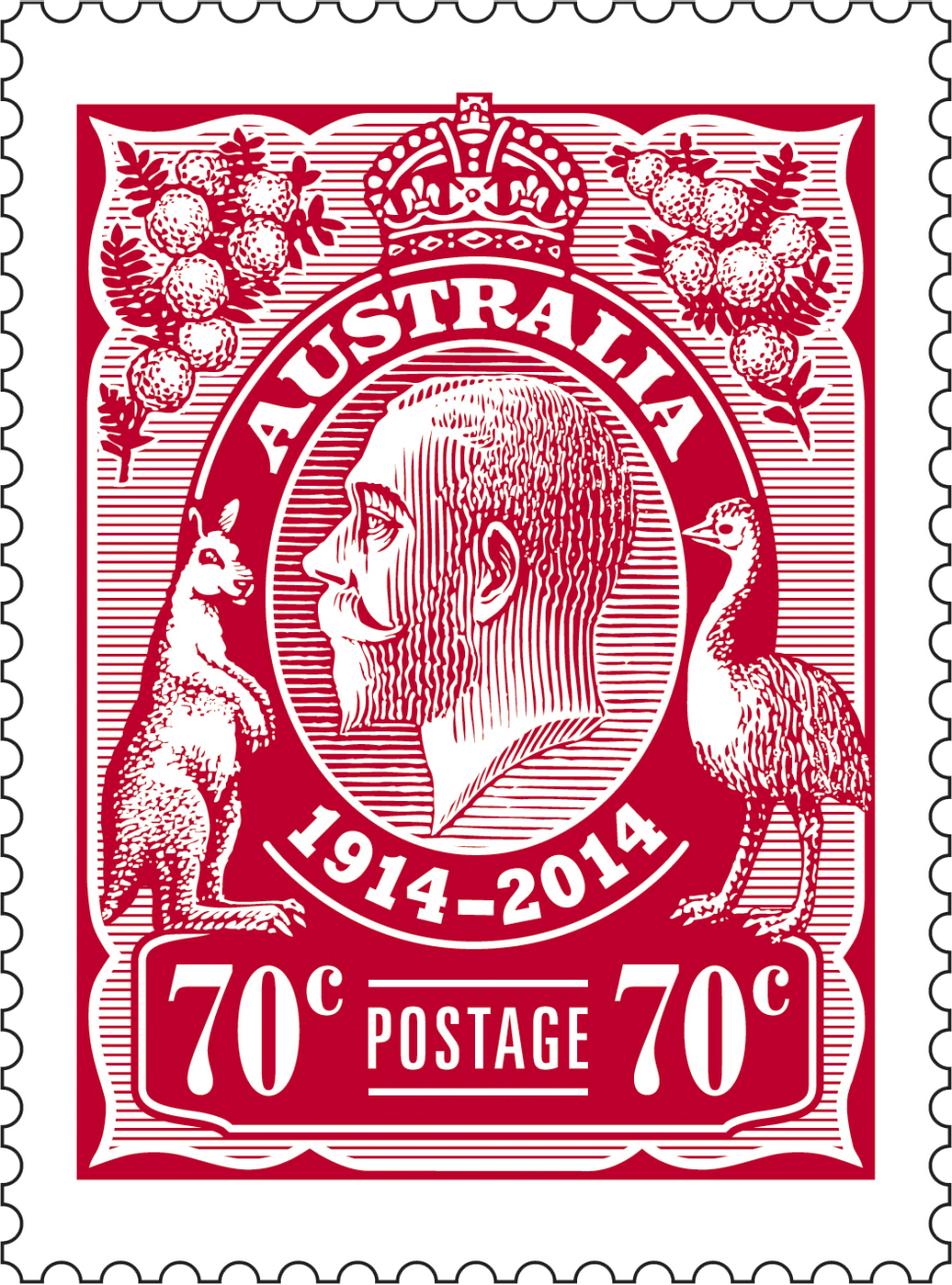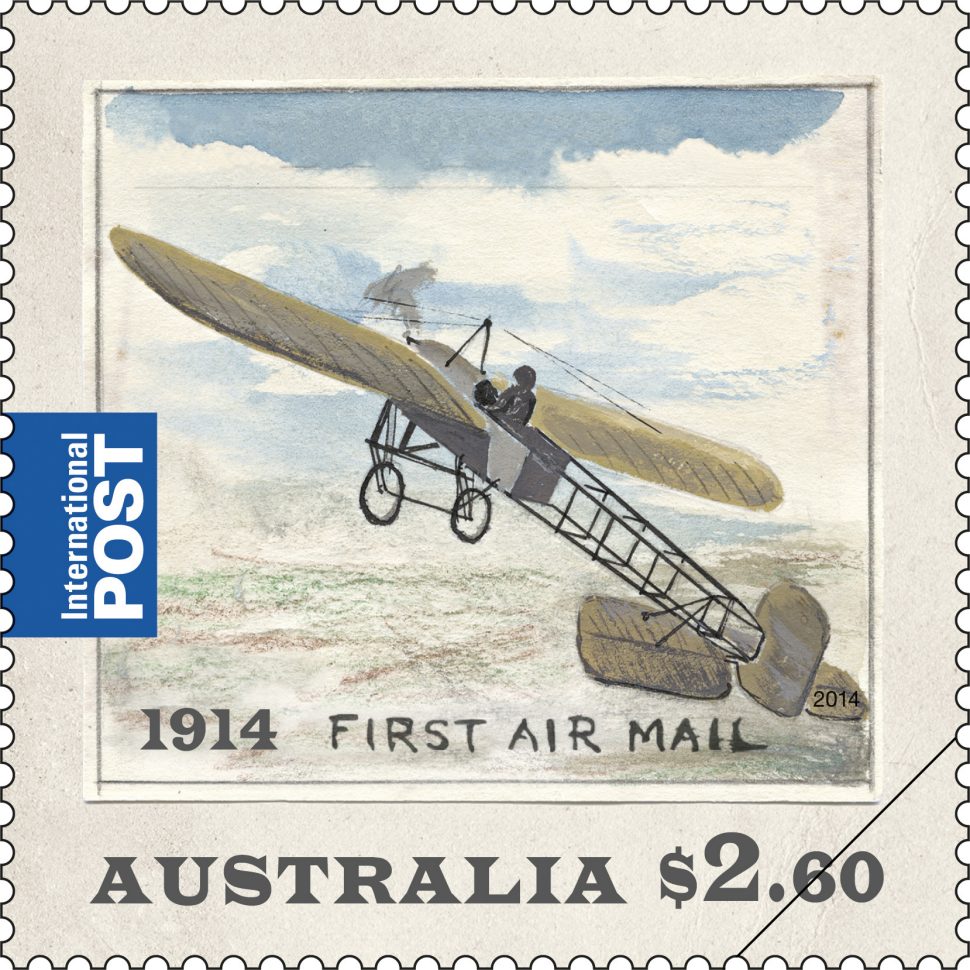Many people may well remember the introduction of decimal currency on Monday 14 February 1966, which was known at the time as “C-Day” (Conversion Day). The replacement of pounds, shillings and pence with dollars and cents was a momentous change that affected key aspects of daily life in Australia.
The Decimal Currency Australia: 1966–2016 stamp issue, released on 9 February 2016, commemorates 50 years since this historic event.
Following much discussion and debate, Prime Minister Robert Menzies announced, in 1963, the existing currency of pounds, shillings and pence, based on a system of 12, would be replaced by a decimal system, based on 10, with the major unit made up of 100 subunits (i.e. 100c = $1). While this sounds logical enough, in reality it took a significant amount of planning and work to ensure an efficient transition.
Dollar Bills and Dollars Jills …
Following an extensive 18 month public advertising and education campaign, it would seem that, for the most part, Australia’s transition to decimal currency was relatively smooth. In the lead-up to the change, Australians sung the “Dollars and cents” jingle, to the tune of “Click Go the Shears” and had their questions answered by the “Dollar Jills” in the general post office of each capital city. A cartoon character, “Dollar Bill” wrote to millions of school children about the change, and every householder received a special conversion card and detailed booklet.
A transition period of around 18 months operated from C-day, during which pounds, shillings and pence were in dual circulation with decimal currency. (There was no grace period for banks, however, which had the make the switch immediately, by law.) And yet, in many quarters it seems that the introduction of new currency was swift. In Australian Stamp Monthly, for example, advertising in the January 1966 edition was in pounds and pence, whereas by the March 1966 issue, dollars and cents featured virtually throughout.
Perhaps unsurprisingly some, such as used car salesmen, appeared more reluctant to convert because doing so made their prices seem higher. And indeed, while it seemed the cost of most items had literally doubled overnight, it appeared the same had happened to salaries too!
Perhaps the transition to decimal currency was fairly smooth in part because the pre-decimal system was so complex. Our pre-decimal monetary system was inherited from Great Britain and comprised three units: pounds, shillings and pence. The pound (£) divided into 20 shillings, and a shilling into 12 pence, which meant that £1 equalled 240 pence. And to think that all of these conversions were done without the aid of modern devices. Like the English language itself, the complexities seem much easier when you are “born” into the system …
What’s in a name?
While the term “dollar” may seem a totally obvious choice to replace “pound”, there was much discussion and even a little controversy on the matter. Prime Minister Menzies sought to maintain Australia’s historical ties with Britain by naming the new major unit of currency the “royal”, but this did not sit well with the community, which favoured a name that signified a greater sense of independence. Many public submissions were received, recommending names as varied as the “austral”, “oz”, “roo”, “emu”, “kanga”, “quid”, “dinkum”, “digger” and even “Canberra”.
The 50th anniversary stamp
The stamp design, by Melinda Coombes, represents the change from pre-decimal to decimal currency through the £1 note, $1 note and $1 coin
Technical specifications
- Issue date
- 9 February 2016
- Issue withdrawal date
- 31 August 2016
- Denominations
- 1 x $1
- Stamp design
- Melinda Coombes, Coombes, Whitechurch Design
- Product design
- Melinda Coombes, Coombes, Whitechurch Design
- Printer - gummed
- EgoTrade Pty Ltd
- Paper - gummed
- Tullis Russell Red Phos
- Printing process
- Offset lithography
- Stamp size
- 50mm x 30mm
- Sheetlet size
- 150mm x 200mm
- Perforations
- 14.4 x 14
- Sheet layout
- Module of 10
- FDI postmark
- Canberra, ACT 2600
- FDI withdrawal date
- 8 March 2016
This content was produced at the time of the stamp issue release date and will not be updated.

